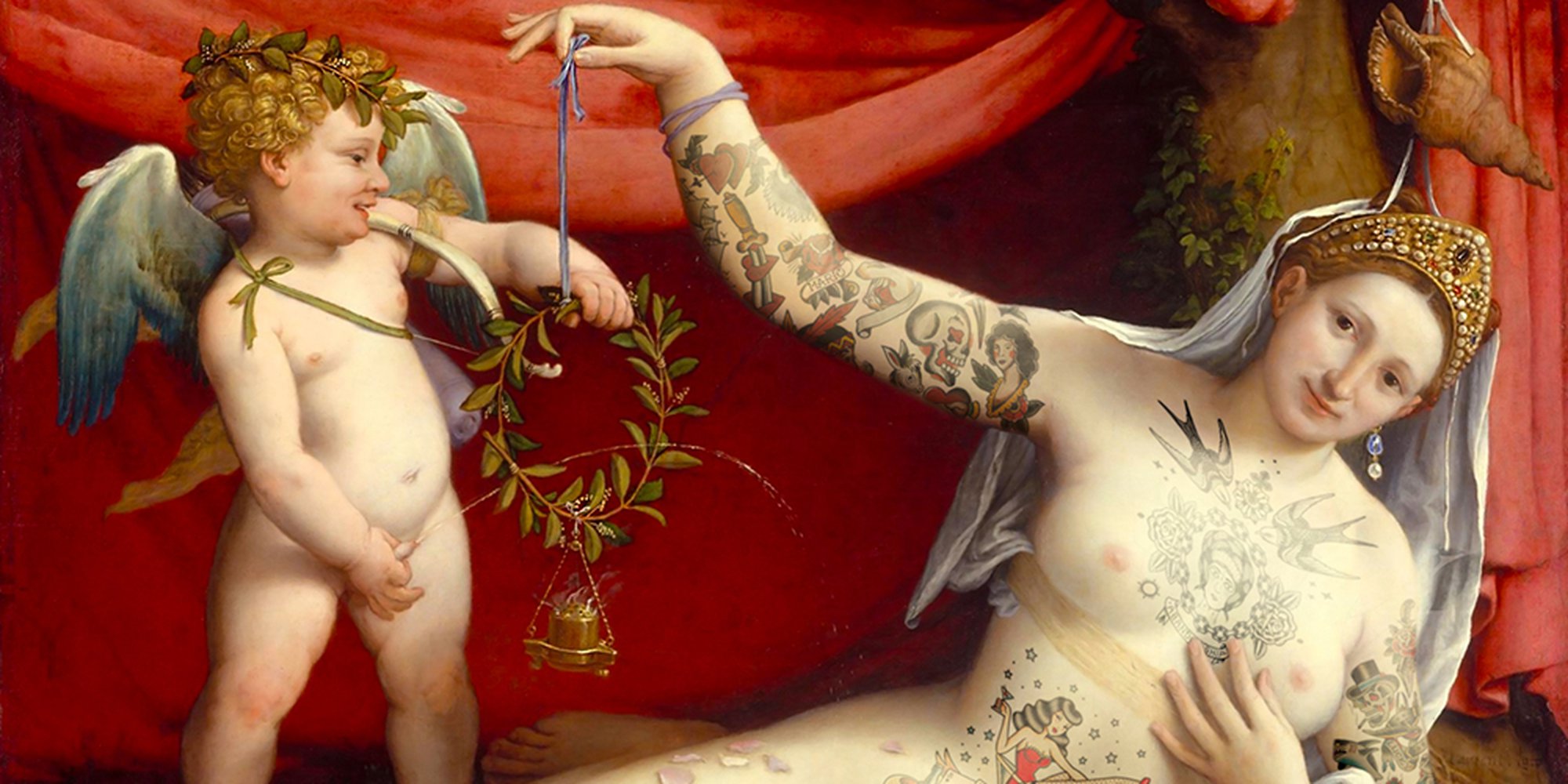The artists of the Renaissance period are perhaps some of the most famous in history, and their influence on the arts has continued to spread over the centuries. Who hasn't heard of Leonardo da Vinci, Michelangelo, or Raphael? Their names are so intertwined with Renaissance art that one can't actually mention them in an opening phrase without sounding just a bit cliché. There are, however, many other painters that belonged to the same period and contributed to the Renaissance movement by beginning to show life as it really was.
While Da Vinci, Michelangelo and Raphael are long gone, the painterly style of the Old Masters is still appreciated by artists and art lovers today. Love a bit of realism and linear perspective? Read on, friends.
The birth of a movement
What makes Renaissance paintings and sculptures so different than the art created during the Medieval period is the realistic representation of humans and nature. Using techniques such as perspective and foreshortening, the artists of the Renaissance wave managed to create an illusion of three dimensions. They also started to create new oil blends, which permitted them to experiment with oil-on-canvas techniques, a medium that was easier to use than the wood and wet plaster that dominated Medieval art.
Born in Italy, the Renaissance led to an astonishing revival of fine art painting, drawing, architecture and sculpting during the two hundred years between 1400 and 1600. It was a time when Western art was re-established according to the principles of Greek art, and the foundations of the movement weren't challenged until Picasso and Cubism.
What were the characteristics of Renaissance art?
Promoting realism in visual arts and instating the idea that man controlled human destiny led to the increasing realism of human faces and bodies in paintings and sculpture, as well as the development of linear perspective.
Interestingly, the artists of the Renaissance such as Filippo Brunelleschi used innovations in math to develop some of the revolutionary characteristics of Renaissance art. The famous architect is credited with creating the linear perspective by using a horizon line, parallel lines and a vanishing point to portray depth and space realistically.
Furthermore, Renaissance scenes often feature earthly backgrounds instead of having protagonists float against ethereal backdrops, like in Medieval paintings. By placing the Virgin Mary in an everyday scene (as Raphael did in Madonna of the Goldfinch) artists humanised the holy family in a way that makes the portrait highly relatable.
How to recognise Renaissance art
It's easy to recognise Leonardo da Vinci or Michelangelo, but how do you recognise a not-so-famous work of Renaissance art?
Besides the three-dimensional depth in perspective, Renaissance paintings are also identifiable by the shadows and light that artists used to draw the viewer's eye to a particular point. It was also particularly important for artists to convey emotion and let the viewer feel inspired by the subject.
Finally, the level of realism in Renaissance paintings makes it easily identifiable. Studying human anatomy and endeavoring to find the ideal human form became a central part of being an artist, and as a result, figures in art displayed real emotions and allowed the viewer to connect with them.
Love the style of Renaissance art? Shop new pieces inspired by the Old Masters:
Cover image via Slasky


